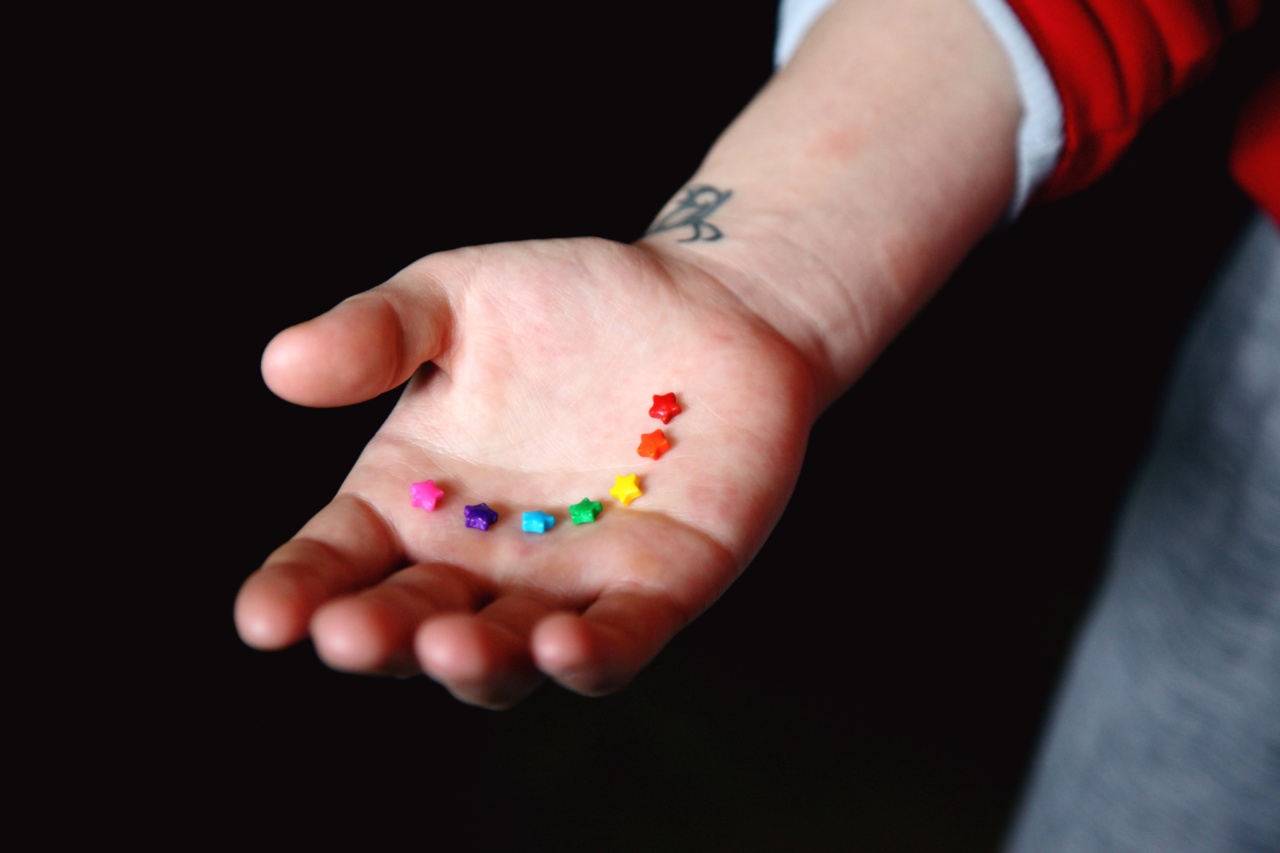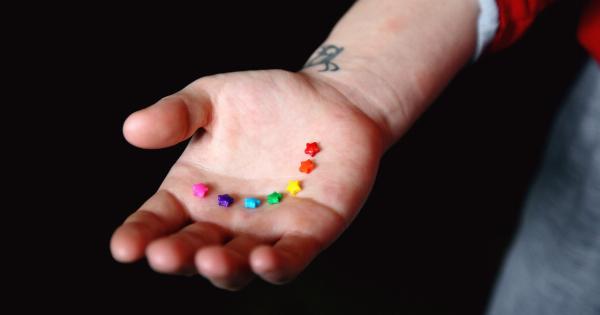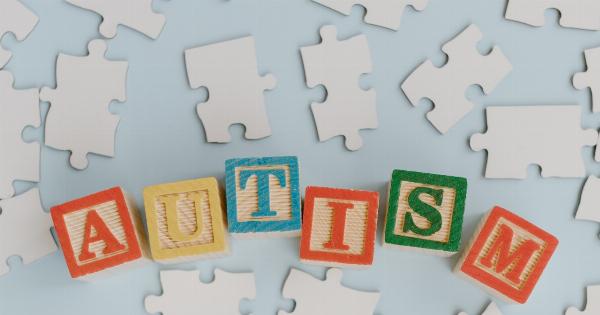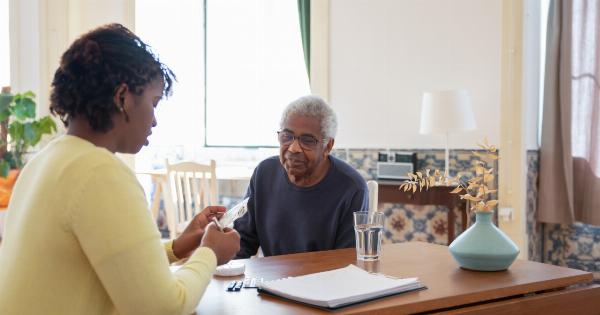Social Communication Disorder (SCD), also known as Pragmatic Language Impairment, is a neurodevelopmental disorder that affects a child’s ability to use language appropriately in social situations.
Children with SCD often struggle with understanding and using nonverbal cues, taking turns in conversation, maintaining appropriate eye contact, and understanding the social context of language.
Diagnosing Social Communication Disorder
The diagnosis of SCD is typically made by a speech-language pathologist or a psychologist who specializes in language and communication disorders.
The clinician will conduct a comprehensive evaluation, including standardized tests, observations, and interviews with parents and teachers. It is important to rule out other potential causes of communication difficulties, such as hearing loss or Autism Spectrum Disorder, before diagnosing SCD.
Evidence-Based Treatment Approaches
Several evidence-based treatment strategies have been found to be effective in helping children with Social Communication Disorder.
These strategies focus on improving social interactions, enhancing language skills, and increasing overall communication competence.
Social Skills Training
Social skills training is a common approach used in the treatment of SCD. This therapy helps children learn and practice specific social skills, such as initiating conversations, taking turns, and interpreting nonverbal cues.
The therapist may use role-playing, video modeling, and direct instruction to teach and reinforce these skills in various social contexts.
Pragmatic Language Therapy
Pragmatic language therapy focuses on improving a child’s understanding and use of language in social situations.
This therapy helps children learn how to interpret the meaning behind verbal and nonverbal communication, understand idioms and figurative language, and use appropriate language for different social purposes. It may involve direct teaching, social stories, and real-life practice.
Speech and Language Therapy
Speech and language therapy is an essential component of treatment for children with SCD. This therapy targets specific communication goals, such as improving vocabulary, sentence structure, and clarity of speech.
It also focuses on enhancing overall communication skills, including listening, following directions, and asking questions. The therapist will tailor the therapy to each child’s specific needs and provide individualized strategies for success.
Parent and Caregiver Training
Parent and caregiver training is crucial in supporting the progress of children with SCD.
Providers should involve parents and caregivers in the treatment process and provide them with strategies to promote language development and social communication skills at home. This may include modeling appropriate social behaviors, using visual supports, and creating opportunities for social interactions and practice.
Peer-Mediated Interventions
Peer-mediated interventions involve teaching typically developing peers strategies to interact and engage with children with SCD. This approach creates a supportive and inclusive environment that encourages positive social interactions.
Peers learn to initiate conversations, provide prompts and cues, and respond appropriately to the child with SCD. This intervention not only benefits the child with SCD but also promotes the development of social skills in their peers.
Collaboration with School and Community
Collaboration between professionals, such as speech-language pathologists, educators, and other healthcare providers, is crucial in supporting children with SCD.
It is essential to develop an individualized education plan (IEP) or 504 plan that addresses the child’s specific communication needs and provides necessary accommodations and support in the school setting. Additionally, involving community resources, such as social skills groups or extracurricular activities, can further enhance a child’s social communication skills.
Technology-Based Interventions
Technology-based interventions can be beneficial in engaging and motivating children with SCD. Various apps and software programs are available that target specific social communication skills and provide interactive and engaging activities.
These interventions can be used under the guidance of a therapist and in combination with other treatment approaches.
Measuring Progress
It is important to regularly monitor and measure a child’s progress throughout their treatment journey. This can be done through standardized assessments, observations, and feedback from parents, teachers, and the child themselves.
Evaluating progress helps determine the effectiveness of the chosen treatment strategies and allows for adjustments or modifications as needed.
Conclusion
Social Communication Disorder can significantly impact a child’s ability to interact and communicate effectively in social situations.
However, with the use of evidence-based treatment strategies, such as social skills training, pragmatic language therapy, and speech and language therapy, children with SCD can make significant progress in their social communication skills. Additionally, involving parents, utilizing peer-mediated interventions, collaborating with schools and communities, and incorporating technology-based interventions can further enhance a child’s development.
With early intervention and comprehensive support, children with Social Communication Disorder can thrive and succeed in social interactions.































